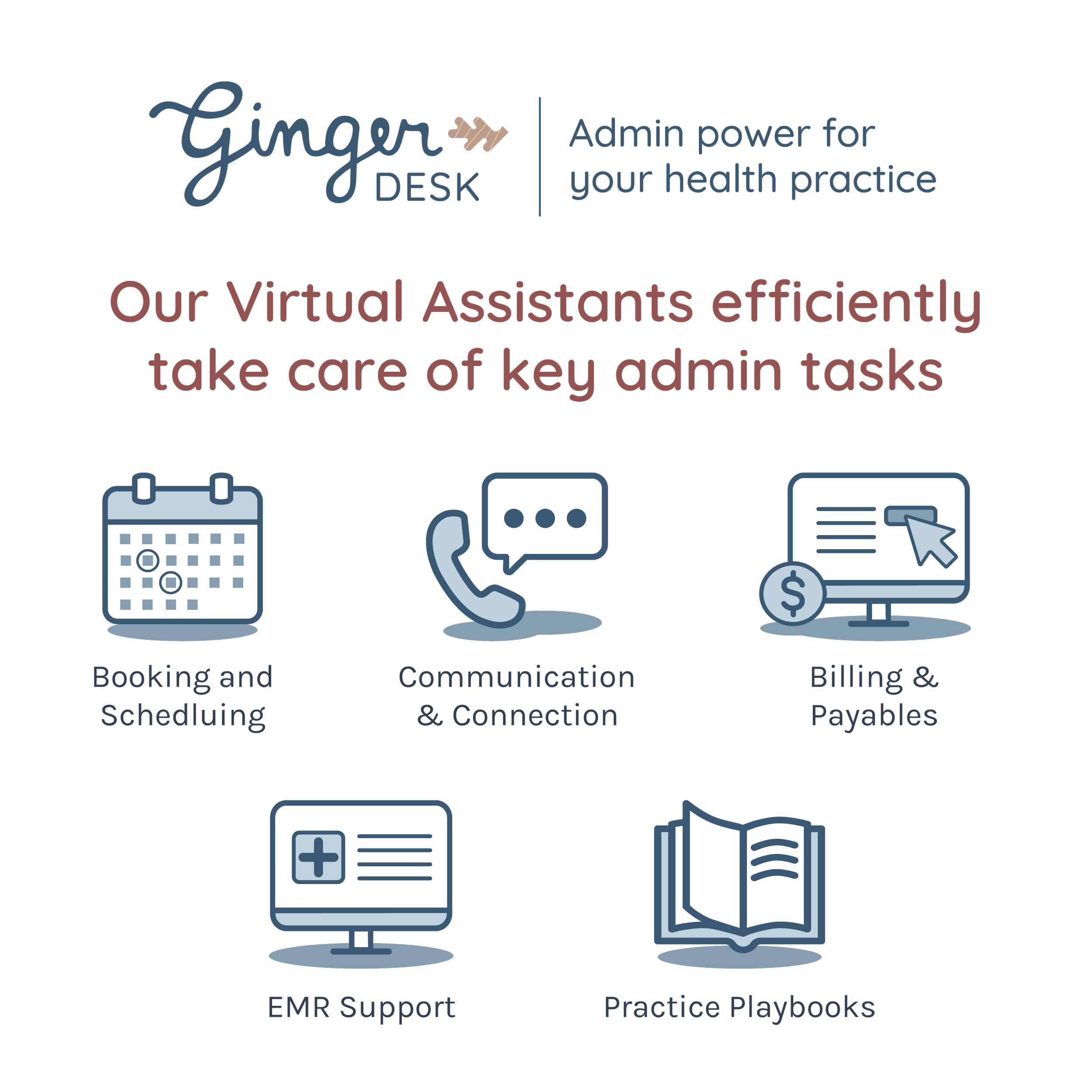Return on Time: The Most Crucial Financial Metric.
As a healthcare professional, you're constantly analyzing metrics. Patient outcomes, treatment efficacy, revenue per visit—you track them all. But there's one metric you're probably not tracking, and it’s the most valuable one of all: Return on Time (ROT).
We often think of financial metrics in terms of capital: Return on Investment (ROI), net worth, cash flow. But your most precious, finite, and non-renewable asset isn’t money; it’s your time. The concept of Return on Time is simple: it’s the value you get for every hour you spend on something. It's about optimizing your life not just for financial gain, but for overall fulfillment.
Why should you, a busy professional, care about this? Because your time is directly tied to your earning potential, your personal life, and your well-being. A high ROT means you’re working smarter, not harder, and building a life on your own terms. A low ROT means you’re likely stuck in a cycle of trading hours for dollars, with little to show for it in terms of freedom or quality of life.
Calculating Your Return on Time
To calculate your return on time, you can consider the following:
Hourly Rate: Determine your effective hourly rate by dividing your income by the total hours worked. This gives you a baseline to understand what your time is worth in monetary terms.
Time Investment: Assess the time spent on different activities, including work, professional development, and personal pursuits. Consider both the direct time spent on tasks and any indirect time, such as commuting or preparation.
Value Generated: Evaluate the value you derive from your time investment. This can be in the form of income, skills acquired, network expansion, or personal satisfaction.
Cost of Time: Consider the opportunity cost of your time. What are you giving up to engage in a particular activity? Could your time be better spent on more lucrative or fulfilling pursuits?
Optimization: Look for ways to increase your ROT by delegating low-value tasks, streamlining processes, or focusing on high-impact activities.
By analyzing your return on time, you can make more informed decisions about how to allocate your time to maximize your overall returns, both financially and personally. It encourages a shift from merely focusing on top-line earnings to considering the efficiency and effectiveness of how you earn.
The formula for ROT is straightforward:
ROT = (Total Value Gained / Total Time Invested) x 100
But "value" isn't just money. It can be financial, personal, professional, or emotional. To keep it simple, let's focus on the financial component first, which is often the easiest to measure.
Example 1: The Direct Financial ROT
Let’s say you’re a physiotherapist who charges $150 per hour. Your direct financial ROT is $150 per hour, right? Not exactly. What about the time you spend on administrative tasks, charting, marketing, and professional development? Those hours are essential but don't directly generate revenue.
Total Revenue: $150 per hour
Total Time Spent: 1 hour with the patient + 30 minutes (0.5 hours) on administrative tasks for that patient.
Financial ROT: ($150 / 1.5 hours) = $100 per hour.
So, your real ROT is significantly lower than your advertised hourly rate. But we can apply this to other areas of our lives.
Example 2: The High-ROT Side Hustle
Let’s say you spend 10 hours creating an online course that you sell for $100. Over the first year, you sell 50 courses.
Total Value Gained: 50 sales x $100 = $5,000
Total Time Invested: 10 hours
ROT: ($5,000 / 10 hours) = $500 per hour.
This side hustle, once created, becomes a passive income stream. The ROT on each subsequent sale is infinite, because your time invested is zero.
The Dangers of a Low ROT
A low ROT often stems from two sources:
Low-Value Tasks: Spending time on tasks that could be automated, delegated, or outsourced. Think about the hours you spend on scheduling, billing, and answering routine emails. These are necessary, but they don't directly contribute to your growth or core purpose.
The "Time for Dollars" Trap: This is the most common low-ROT scenario. You are an expert at what you do, and yet you are still trading your time directly for money. When you stop working, the money stops flowing. It’s the opposite of a truly financially fulfilled life.
Strategies to Boost Your Return on Time
Delegate & Outsource: Identify the tasks that consume your time but don't require your specific expertise. Can you hire an assistant for scheduling? A bookkeeper for finances? A virtual assistant for administrative work? The key here is not just freeing up your time, but freeing up your energy to focus on tasks that generate a higher ROT.
Automate: Leverage technology to automate repetitive tasks. This includes things like automated email responses, appointment reminders, and even billing.
Focus on Your Highest-Value Activities: Identify the 20% of your activities that generate 80% of your results. This is often the core work you do with patients and the strategic planning you do for your business. Ruthlessly prioritize these activities.
Invest in Yourself: This is the ultimate high-ROT activity. Investing in a course, a mentor, or a new skill might take time upfront, but the long-term rewards (higher income, new business opportunities) will far outweigh the initial time investment.
My Mid-Year ROT Revelation
I track my own ROT religiously, and as we hit the halfway point of the year, I’ve had my own ROT revelation. My personal tracking has revealed that my ROT has decreased to -1.37% relative to last year. This isn't a failure; it’s a direct result of a strategic decision. This year, I've taken on a more administrative role at the clinics and dedicated significant hours to tasks that don't immediately generate revenue. But I'm confident this is an investment year. I'm building a system that will allow me to scale and grow in the years to come. This temporary dip in ROT is a calculated move to achieve a much higher ROT in the future. It’s a powerful lesson in delayed gratification and a testament to my long-term vision.
And that brings me to something that’s about to revolutionize how I (and you!) tackle those low-ROT administrative tasks. I'm so excited to announce that I'm now an ambassador for Ginger Desk!
I'm all about finding tools and services that free up our time so we can focus on what we do best: helping patients and growing our businesses. Ginger Desk is a virtual receptionist and administrative service designed specifically for allied health professionals. They handle all those time-consuming tasks like scheduling, client communication, and billing, freeing you up to focus on your highest-value activities.
This is a game-changer for boosting your ROT. Instead of spending hours on the phone or buried in emails, you can redirect that time to treat more patients, pursue a side hustle, or simply get your life back.
I'm so confident in their services that I've teamed up with them to offer you a special deal.
If you're ready to take back your time and scale your practice, check out Gingerdesk here
And when you book a discovery call with them, be sure to use my unique code GDXROBIN. This ensures I get credit for the referral, and it helps me continue to build a community and platform that provides you with valuable resources.
Any financial compensation I receive from this partnership will be put directly back into building out this platform, and once that's paid for, any subsequent compensation will be donated to The Dreamdealer an organization I deeply believe in that helps people pursue their dreams.
So, let's make the second half of the year about reclaiming our time and building a life on our own terms. I've updated my blog post on Return on Time with some new insights and numerical examples. I highly encourage you to read it and start tracking your own ROT today.
Return on Time is the most valuable financial metric you will ever track. It forces you to think about how you spend your time, what you're getting in return, and how you can live a more purposeful, fulfilling life. Your goal shouldn't just be to make more money; it should be to gain more time.
Start tracking your ROT today. It will change the way you think about your career, your business, and your life.
In the hectic world of healthcare, where every moment counts, healthcare professionals must also consider the importance of the return of time in their investment decisions. Maximizing the benefits of time through compounding, thoughtful retirement planning, risk mitigation, tax efficiency, and wealth preservation can lead to financial security and peace of mind. By understanding how time can work in their favor, healthcare professionals can ensure that their dedication to healing and saving lives is matched by a secure and prosperous financial future.
I am confident that the carousel below will help sum up the previous few paragraphs. When reviewing job opportunities or even promotions, do yourself a favour and do not focus solely on the salary. Always ask yourself, How much time do I need to expend to generate that income? Don’t forget about backing out costs like time commuting, commuting costs, dues and subscriptions etc and the largest cost, taxes.
You can grab my Free Spreadsheet and calculate your ROT!












